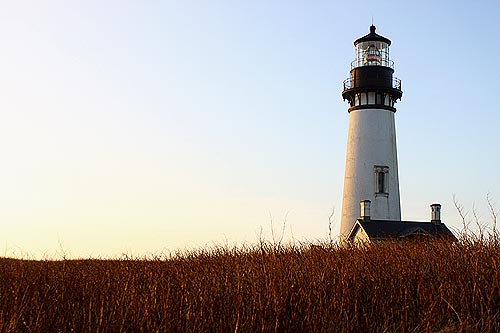 |
Oregon Coast Scientists Use DNA to Look Into Whale Decimation
Published 04/29/2014

(Newport, Oregon) – Scientists based mostly on the Oregon coast have identified what species of whales were killed by early 20th century whale hunters in the Southern Hemisphere, enabling to piece together more about the decimation of the species. Researchers from the Hatfield Marine Science Center in Newport and at OSU in Corvallis used DNA from the bones of whales that once littered South Georgia Island in the South Atlantic Ocean and found a high genetic diversity among the slain cetaceans. (Above: whale photo courtesy Seaside Aquarium).
The findings were announced this week by Angela Sremba, a doctoral student in the Department of Fisheries and Wildlife at Oregon State University and lead author on the study, along with Scott Baker, associate director of Oregon State’s Marine Mammal Institute.
The study represents the most comprehensive investigation of historic genetic diversity in whales from around the Antarctic region prior to commercial whaling. The researchers attempted to extract DNA from 281 whale bones and were successful in 82 percent of the cases.
Of the 231 samples they identified, the majority (158) were humpback whales. They also documented 51 fin whales, 18 blue whales, two sei whales, and one southern right whale. One of the bones turned out to be from an elephant seal.
The study shows there was much more genetic diversity in that region than today, which lets scientists and historians know that some knowledge about whale behaviors in that area is lost forever.
Baker said whale populations still have not recovered in the Southern Ocean despite an abundance of food.
“The waters around South Georgia Island were productive feeding grounds for great whales before whaling,” Baker said, “yet they have not returned here in any numbers despite nearly 50 years of protection. That suggests the possibility that the local population was extirpated, resulting in the loss of some cultural knowledge about the habitat.”
The first commercial whaling station was established on South Georgia in 1904 and more than 175,000 whales were killed during the ensuing 60 years. During the first 10 years of whaling on the island, floating factories – large converted ships anchored in the harbors – were used to process the whales and workers discarded the carcasses into harbors. Many of the bones drifted ashore and remain there today.
Sremba, who is based at OSU’s Hatfield Marine Science Center in Newport with Baker, said knowledge of the whales’ genetic diversity captured from these bones is invaluable.
“This unique resource will allow us to compare historical genetic diversity to contemporary populations to assess the potential impact of the 20th-century commercial whaling industry,” she said.
Sremba’s study was supported by a Mamie Markham Research Award through the Hatfield Marine Science Center.
More on the Hatfield Marine Science Center. More on Oregon coast whales. More about Newport below and at the Newport, Oregon Virtual Tour, Map.



More About Oregon Coast hotels, lodging.....
More About Oregon Coast Restaurants, Dining.....
LATEST Related Oregon Coast Articles
Oregon Coast, Valley and Likely Washington Coast to Get Some Aurora Borealis ... |
Back to Oregon Coast
Contact Advertise on BeachConnection.net
All Content, unless otherwise attributed, copyright BeachConnection.net Unauthorized use or publication is not permitted
Secrets of the Season |
Unusual Travel Articles TravelParanormal.com allows you to submit your own creepy tale or debunk one - or see up-to-the-minute news headlines about travel and the paranormal. News Headlines from All Over Oregon Need to scan Oregon headlines? Constantly updated news from all over Oregon: a comprehensive, up-to-the-minute display of news headlines from a variety of media Oregon Coast Oceanfront Lodging, Hotels, Rentals |







































